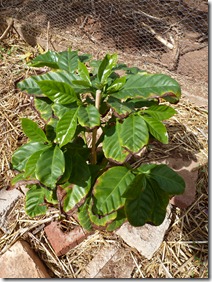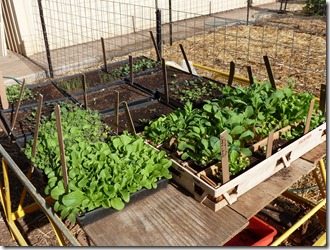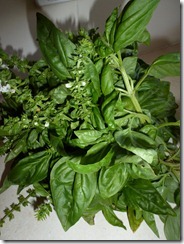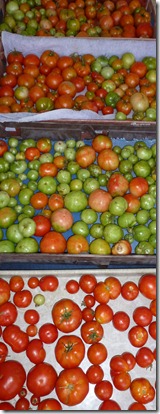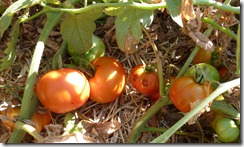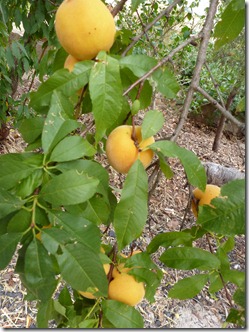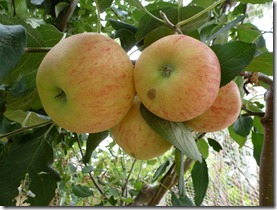It’s Easter, and in southern Australia the rains are coming fitfully after a long dry six months of a spring and summer without useful rainfall. It’s that time of year when the gardener longs for the relief that this natural rainfall brings from the expensive and unending chore of irrigating.
Summer crops – such as cucumbers, zucchinis and tomatoes – are coming to a natural end too, and it’s time to lift the tomato stakes in one of these beds to make way for Filderspitzkraut cabbages (perfect for making sauerkraut), parsnips, snow peas and sugar-snap peas. Recently planted beds have also benefited from the first rainfall with lettuces, bush beans, broccoli, kohlrabi and Chinese cabbage are flourishing.
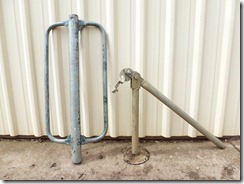 If one has to lift these hardwood (Jarrah) tomato stakes to make way for other crops, it’s really worthwhile investing in a ‘dropper lifter’; the counterpart of the ‘dropper whopper’ that was used to drive the tomato stakes into the soil in the first place. While these tools are heavy and initially expensive, they save much effort digging out stakes
If one has to lift these hardwood (Jarrah) tomato stakes to make way for other crops, it’s really worthwhile investing in a ‘dropper lifter’; the counterpart of the ‘dropper whopper’ that was used to drive the tomato stakes into the soil in the first place. While these tools are heavy and initially expensive, they save much effort digging out stakes 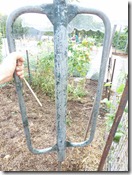 and help avoid injuries that are the natural consequence of bashing in stakes with a heavy hammer. ‘Droppers’ – in Australian English – are tough steel stakes used largely for fencing, having a star-shaped cross-section and holes along their length to thread wires through. A ‘dropper-whopper’ is a closed-ended hollow tube with handles welded onto it. It is dropped over the blunt end of the dropper (or wooden tomato stake), which can then be safely pounded into the soil without risk of injury.
and help avoid injuries that are the natural consequence of bashing in stakes with a heavy hammer. ‘Droppers’ – in Australian English – are tough steel stakes used largely for fencing, having a star-shaped cross-section and holes along their length to thread wires through. A ‘dropper-whopper’ is a closed-ended hollow tube with handles welded onto it. It is dropped over the blunt end of the dropper (or wooden tomato stake), which can then be safely pounded into the soil without risk of injury.
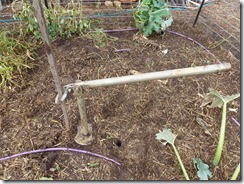 The ‘dropper lifter’ is a solid steel fulcrum used to lever these hard-driven droppers (or wooden tomato stakes) out of the sticky soil. It uses a C-shaped grabber to temporarily grip the dropper (or stake); pushing down on the long handle raises the dropper just a few centimetres, but with just that considerable force needed to break the stake free from the cling of the soil.
The ‘dropper lifter’ is a solid steel fulcrum used to lever these hard-driven droppers (or wooden tomato stakes) out of the sticky soil. It uses a C-shaped grabber to temporarily grip the dropper (or stake); pushing down on the long handle raises the dropper just a few centimetres, but with just that considerable force needed to break the stake free from the cling of the soil.
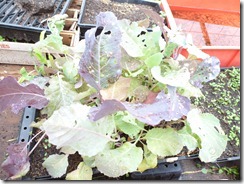 Only when these stakes are out of the way, stored standing in a dry spot for the coming winter, can the next stage of hoeing and planting seedlings begin. And not before time – these German cabbage seedlings have waited far too long in their seed trays, and will start to decline if not planted out this weekend. Other folk take holidays at Easter – gardeners just don’t seem to have that much leisure…
Only when these stakes are out of the way, stored standing in a dry spot for the coming winter, can the next stage of hoeing and planting seedlings begin. And not before time – these German cabbage seedlings have waited far too long in their seed trays, and will start to decline if not planted out this weekend. Other folk take holidays at Easter – gardeners just don’t seem to have that much leisure…
Nevertheless, we do get fresh salads for lunch, and even early autumn asparagus – shooting from sheer happiness since the gardener broke their long summer drought with a good soaking!

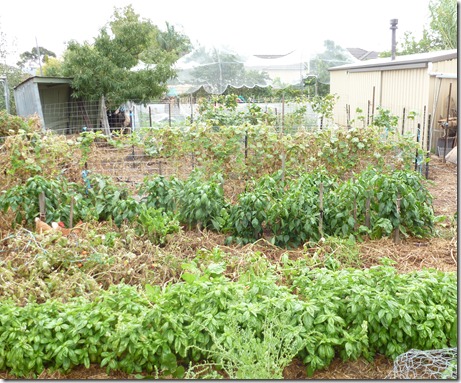
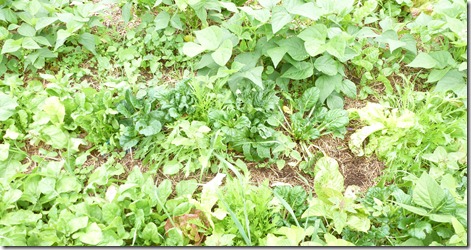
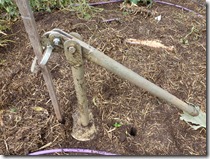
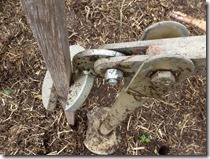
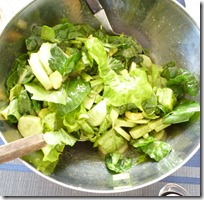
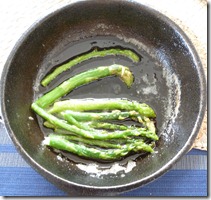
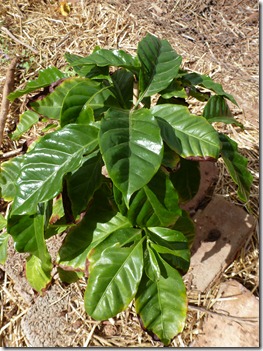 ‘Coffea arabica’
‘Coffea arabica’
